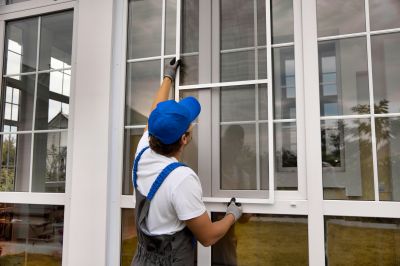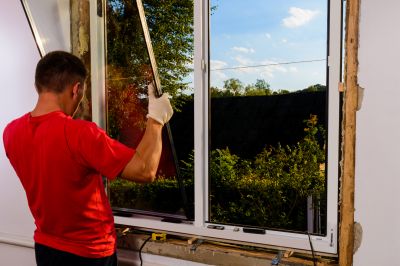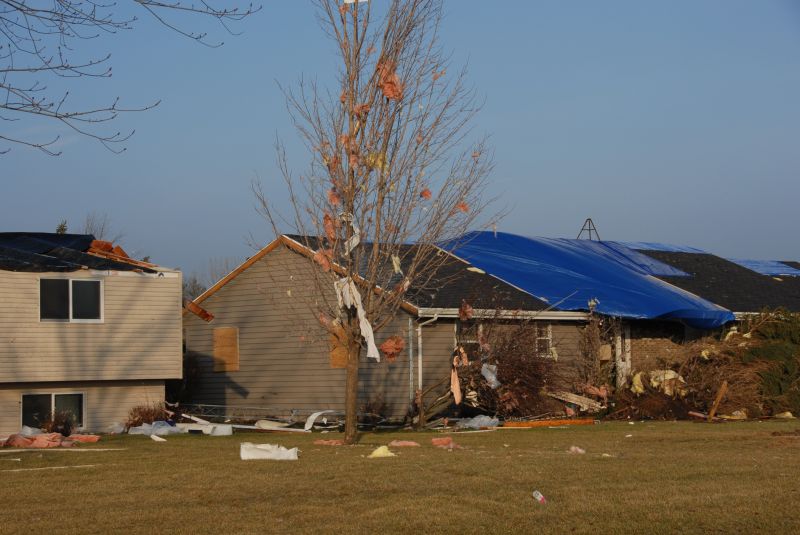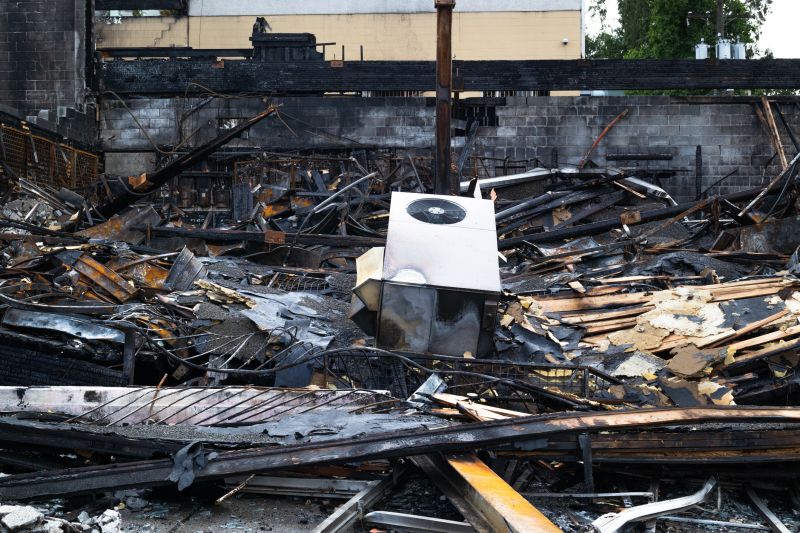Optimal Timing for Storm Restorations
Storm restorations are most effective when conducted during periods of calm weather, typically outside of storm seasons. Proper timing ensures that repairs are completed thoroughly and safely, reducing the risk of additional damage from subsequent weather events.
In regions like Peoria, AZ, peak storm seasons tend to be during late summer and early fall. Planning restorations during the off-season can lead to faster service and better scheduling options.
The best time to perform storm restorations is after storm activity has subsided, allowing for safe and effective repairs.
Clear, dry weather minimizes delays and enhances the quality of restoration work.
Spring and early summer often see fewer storms, making these periods ideal for restoration projects.
Pre-storm inspections and minor repairs can help mitigate damage and facilitate quicker restorations afterward.

Evaluating roof and structure damage after storms ensures targeted repairs.

Quick response to storm damage can prevent secondary issues.

Specialized tools and materials are used during optimal weather conditions.

Ways to make Storm Restorations work in tight or awkward layouts.

Popular materials for Storm Restorations and why they hold up over time.

Simple add-ons that improve Storm Restorations without blowing the budget.
| Season | Ideal Restoration Timing |
|---|---|
| Spring | Early spring offers moderate weather for repairs before storm season peaks. |
| Summer | Late summer and early fall are peak storm seasons, best to wait until storms pass. |
| Fall | Late fall provides calmer weather for comprehensive restorations. |
| Winter | In colder climates, winter may limit exterior restoration work. |
| Off-Season | Late winter and early spring are ideal for scheduling repairs. |
Storm restorations involve repairing damage caused by severe weather, including roof repairs, siding replacements, and structural assessments. Timely restoration minimizes further deterioration and helps restore safety and property value. Proper planning around seasonal weather patterns ensures that restoration efforts are efficient and effective.

Addressing roof and siding damage promptly reduces risk of leaks and structural issues.

Roof repairs are most effective when performed in dry weather conditions.

Strengthening building frameworks after storms ensures long-term durability.

Removing debris and assessing damage are crucial steps in restoration.
Filling out a contact form can provide tailored information about storm restoration scheduling and services. Early planning and assessment can lead to more efficient repairs and help prepare properties for future weather events.


